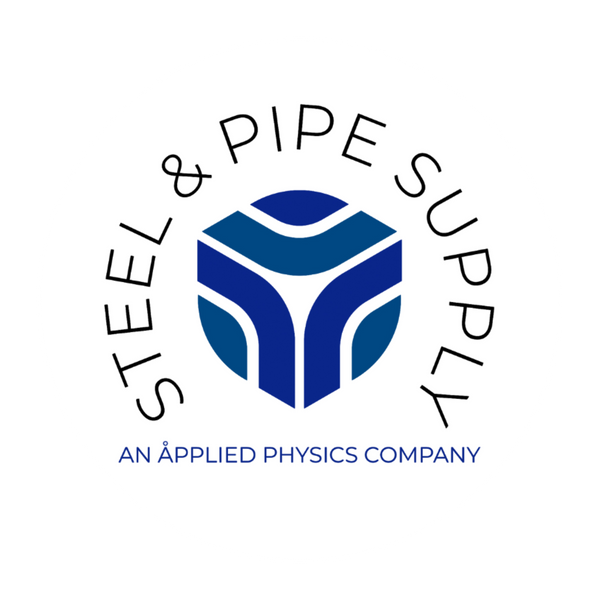
Latest Trends in Solar-Coated Steel Panels for Sustainable Buildings
Share
As the global construction industry pivots toward sustainability and energy efficiency, solar-coated steel panels have emerged as a transformative solution.
These panels combine the structural strength and durability of steel with advanced coatings that either enhance solar reflectivity or directly integrate photovoltaic (PV) technology.
The result is a building material that not only supports the structure but also generates clean energy, reduces operational costs, and contributes to a lower carbon footprint.
What Are Solar-Coated Steel Panels?
Solar-coated steel panels are steel-based building materials treated with specialized coatings for enhanced performance in solar applications.

These coatings can serve multiple functions
- Corrosion Resistance: Protecting steel from rust and environmental degradation.
- Thermal Regulation: Reflecting solar heat to improve building energy efficiency.
- Photovoltaic Integration: Some panels feature thin-film solar cells directly applied to the steel, enabling the panel itself to generate electricity.
These panels are used in roofing, cladding, and as structural supports for solar arrays, making them a versatile choice for both new construction and retrofits in sustainable buildings.
Latest Technological Innovations (2023–2025)
1) Seamless Solar Integration
- Flush-Mounted Solar Panels: New designs allow solar panels to be integrated directly into metal roofing, creating a sleek, weather-resistant surface.
- Solar-Ready Metal Roofs: Panels are engineered for easy PV or solar thermal integration without compromising roof integrity.

2) Advanced Coatings
- Reflective Cool Roof Coatings: Reflect up to 85% of solar heat, reducing cooling costs and extending roof life.
- Self-Healing Coatings: Automatically repair minor scratches, maintaining performance and aesthetics.

3) Smart and Sustainable Features
- Thermal Regulation: Materials adapt to seasonal changes, optimizing building comfort and energy use.
- IoT Integration: Real-time monitoring of energy production and roof health via smart sensors.
- High Recycled Content: Panels now contain up to 95% recycled steel, supporting circular economy goals.

4) Aesthetic and Functional Advancements
- Premium Finishes: Panels mimic slate, wood, or tile, offering more design flexibility.
- Integrated Insulation and Acoustic Layers: Boost energy efficiency and reduce noise.

5) Solar Technology Synergy
- Higher Efficiency Solar Cells: Commercial panels now reach 24–26% efficiency, with lab prototypes exceeding 34%.
- Flexible and Lightweight Solar Materials: Easier integration with steel panels, expanding application possibilities.

Sustainability Benefits and Energy Efficiency
1) Environmental Impact
- Reduced Greenhouse Gas Emissions: On-site solar generation directly offsets fossil fuel use, lowering the building’s carbon footprint.
- Resource Efficiency: Steel is highly recyclable, and solar coatings minimize the need for additional materials.
- Circular Economy: Panels are designed for disassembly and recycling at end-of-life.
2) Energy Efficiency Metrics
- Total Energy Output (kWh): Measures electricity generated by the solar coating.
- CO₂ Emissions Avoided: Quantifies greenhouse gas reductions.
- Building Energy Performance: Improved ratings and compliance with LEED/BREEAM standards.
- Operational Cost Savings: Lower utility bills and increased energy independence.
3) Additional Benefits
- Water and Waste Reduction: Efficient manufacturing and recycling processes minimize environmental impact.
- Enhanced Property Value: Sustainable features attract eco-conscious tenants and investors.
Market Trends, Adoption Rates, and Growth Projections
Market Size and Growth
- Global Coated Steel Market: Valued at USD 295.16 billion in 2024, projected to reach USD 431.96 billion by 2030 (CAGR 6.9%).
- Niche but Growing: Solar-coated steel panels are a high-growth segment, especially in green and net-zero energy projects.
Adoption Drivers
- Sustainability Mandates: Green building codes and certifications drive adoption.
- Government Incentives: Policies and subsidies for renewable energy accelerate market growth.
- Regional Trends: Asia-Pacific, Europe, and North America lead in adoption, with rapid growth in urbanizing regions.
Leading Manufacturers and Unique Selling Points
1) ArcelorMittal
- Magnelis® Solar: Enhanced corrosion resistance, partnerships for direct PV integration, and low-carbon steel production.
2) Tata Steel
- Colorcoat Renew: Factory-applied solar coatings, easy integration, and aesthetic versatility.
3) SSAB
- GreenCoat® Solar: Bio-based coatings, high energy conversion efficiency, and strong lifecycle sustainability.
4) Kingspan
- PowerPanel: Insulated steel panels with integrated PV, high thermal performance, and modular scalability.
5) Metecno
- Solar Sandwich Panels: Integrated insulation and solar generation, rapid installation, and focus on commercial/industrial applications.
Conclusion
Solar-coated steel panels are redefining the possibilities for sustainable buildings by merging structural integrity, energy generation, and advanced aesthetics.
With rapid technological innovation, strong market growth, and increasing regulatory support, these panels are poised to become a cornerstone of green construction worldwide.
By adopting solar-coated steel panels, builders and property owners can achieve significant energy savings, reduce environmental impact, and future-proof their investments against evolving sustainability standards.
For those seeking to lead in sustainable building design, staying informed about the latest trends, technologies, and best practices in solar-coated steel panels is essential.
As the market continues to evolve, these innovative materials will play a pivotal role in shaping the next generation of energy-efficient, eco-friendly buildings.
Frequently Asked Questions (FAQs)
1. What are the main benefits of using solar-coated steel panels in sustainable buildings?
Solar-coated steel panels offer dual benefits: they provide strong, durable building protection and generate clean solar energy, which helps reduce electricity costs and the building’s carbon footprint.
2. Are solar-coated steel panels suitable for all types of climates?
Yes, modern solar-coated steel panels are designed to perform well in various climates, including hot, cold, humid, and snowy regions, due to their advanced coatings and corrosion resistance.
3. How do solar-coated steel panels contribute to green building certifications?
These panels improve a building’s energy efficiency and sustainability, helping projects qualify for certifications like LEED and BREEAM by reducing energy consumption and supporting renewable energy goals.
4. Can existing buildings be retrofitted with solar-coated steel panels?
Absolutely! Many manufacturers offer retrofit solutions, allowing older buildings to upgrade to solar-coated steel panels without major structural changes, making it easier to adopt sustainable technology.
